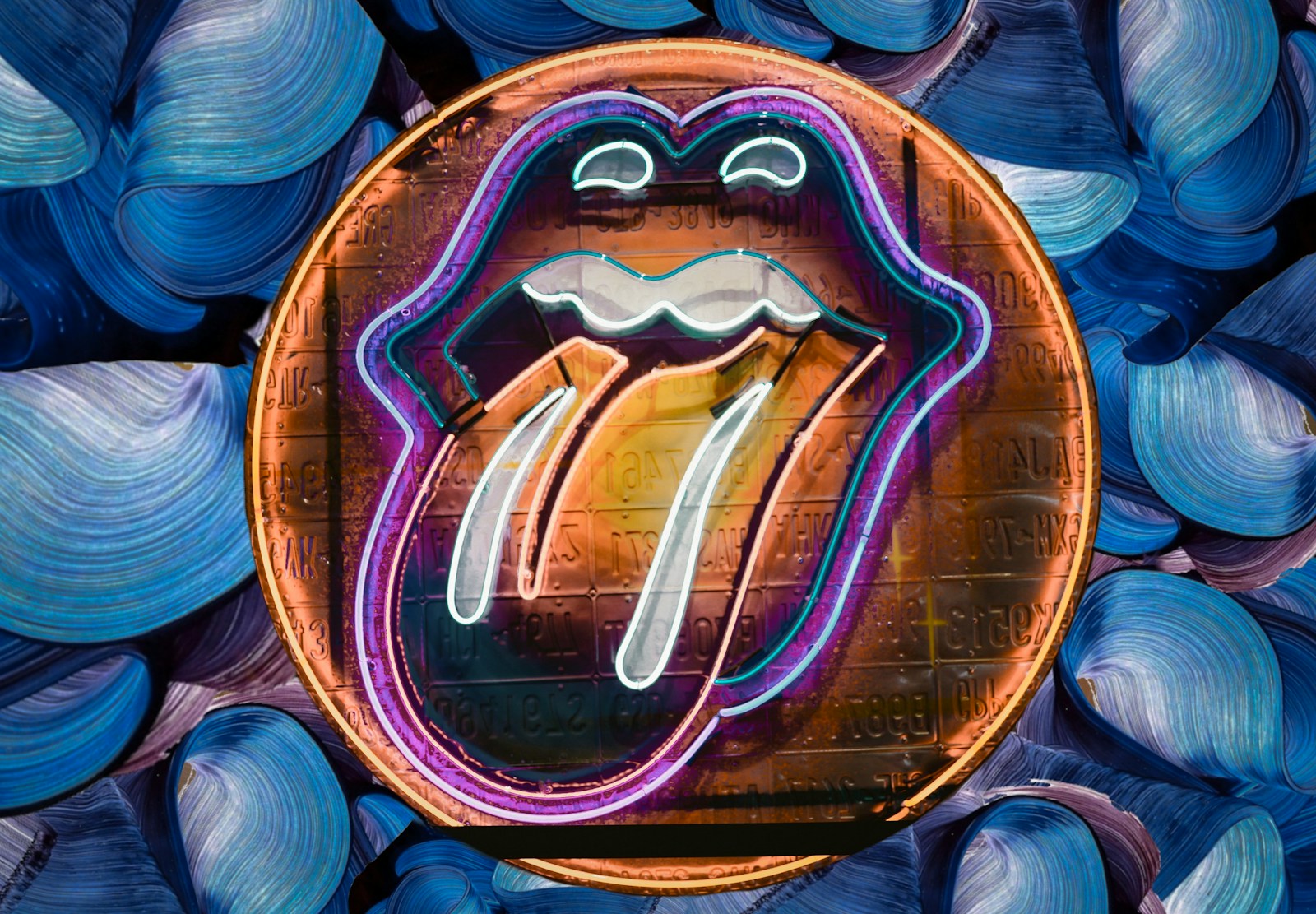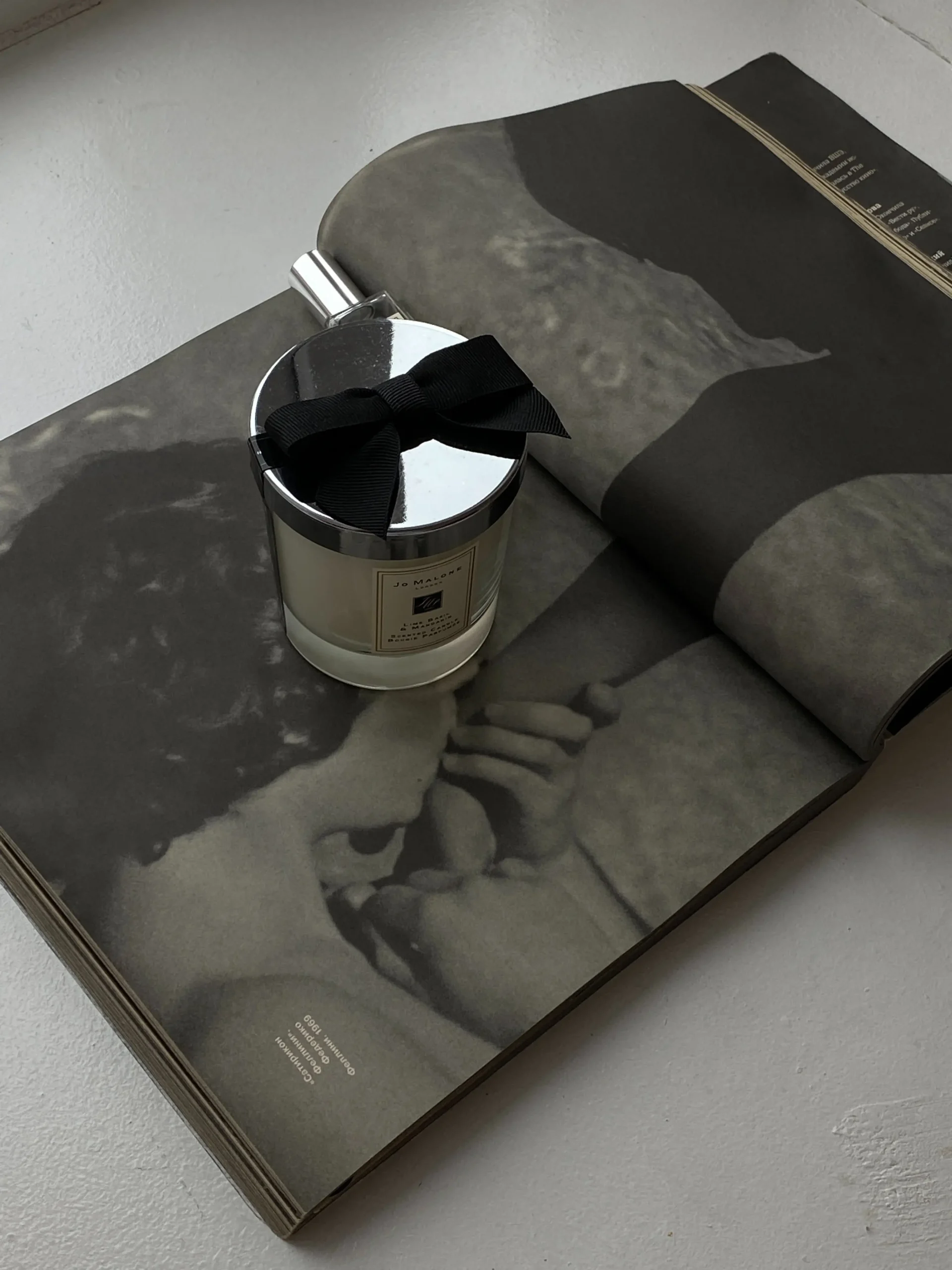Pop art, a vibrant and revolutionary art movement, emerged in the mid-20th century, fundamentally challenging the established notions of fine art. Its origins can be traced to both Britain and the United States, where artists began to draw inspiration from the very fabric of popular and mass culture.
Here’s a breakdown of the beginnings of pop art:
The Roots in Britain:
- The Independent Group (IG):
- A pivotal force in the early development of pop art was the Independent Group, a collective of young artists, writers, and critics who met at the Institute of Contemporary Arts in London during the 1950s.
- They were fascinated by the burgeoning mass media, advertising, and consumer culture, particularly as it was presented in American popular culture.
- Their discussions explored the impact of these phenomena on contemporary society, paving the way for a new artistic approach.
- Eduardo Paolozzi’s groundbreaking collage series, “Bunk!,” presented in 1952, is considered a significant precursor to pop art. His work incorporated imagery from magazines and advertisements, highlighting the power of mass-produced images.
- Richard Hamilton’s 1956 collage, “Just what is it that makes today’s homes so different, so appealing?,” is another iconic early pop art piece, encapsulating the movement’s fascination with consumerism.
- A Distant View:
- British pop artists often viewed American popular culture from a distance, analyzing its symbolic power and its ability to shape lifestyles.
The Rise in the United States:
- A Reaction to Abstract Expressionism:
- In the United States, pop art emerged partly as a reaction against the dominant abstract expressionist movement, which emphasized subjective expression and emotional depth.
- American pop artists sought to move away from this introspective approach, instead embracing the readily available imagery of everyday life.
- Embracing Mass Culture:
- Artists like Andy Warhol, Roy Lichtenstein, and Claes Oldenburg drew inspiration from advertising, comic books, and mass-produced consumer goods.
- They employed techniques such as silkscreen printing and the use of bold, graphic colors to create works that mirrored the visual language of commercial culture.
- Warhol’s depictions of Campbell’s soup cans and Marilyn Monroe, and Lichtenstein’s paintings inspired by comic strips, became iconic examples of American pop art.
- A Reflection of Consumerism:
- American pop art reflected the post-World War II consumer boom, capturing the optimism and materialism of the era.
- It also offered a critical commentary on the pervasive influence of mass media and the blurring of lines between “high” and “low” culture.
READ: Monument to Victory: The Enduring Allure of the Arc de Triomphe
Key Characteristics:
- Use of imagery from popular and mass culture.
- Emphasis on mass production and commercial techniques.
- Bold, vibrant colors and graphic styles.
- A sense of irony and detachment.
In essence, the beginnings of pop art marked a significant shift in the art world, bringing everyday objects and mass media imagery into the realm of fine art. It was a movement that both celebrated and critiqued the consumer culture of the mid-20th century, leaving a lasting impact on subsequent artistic developments.





